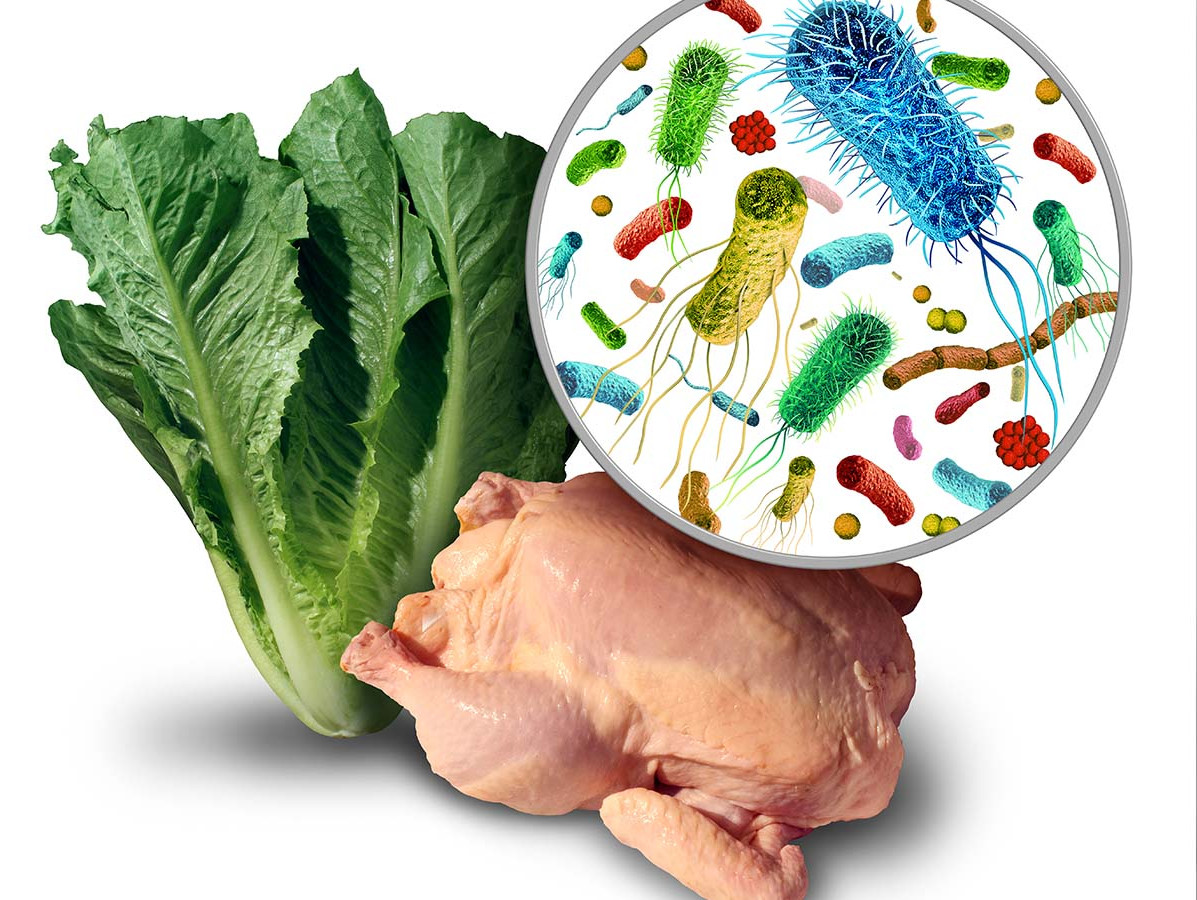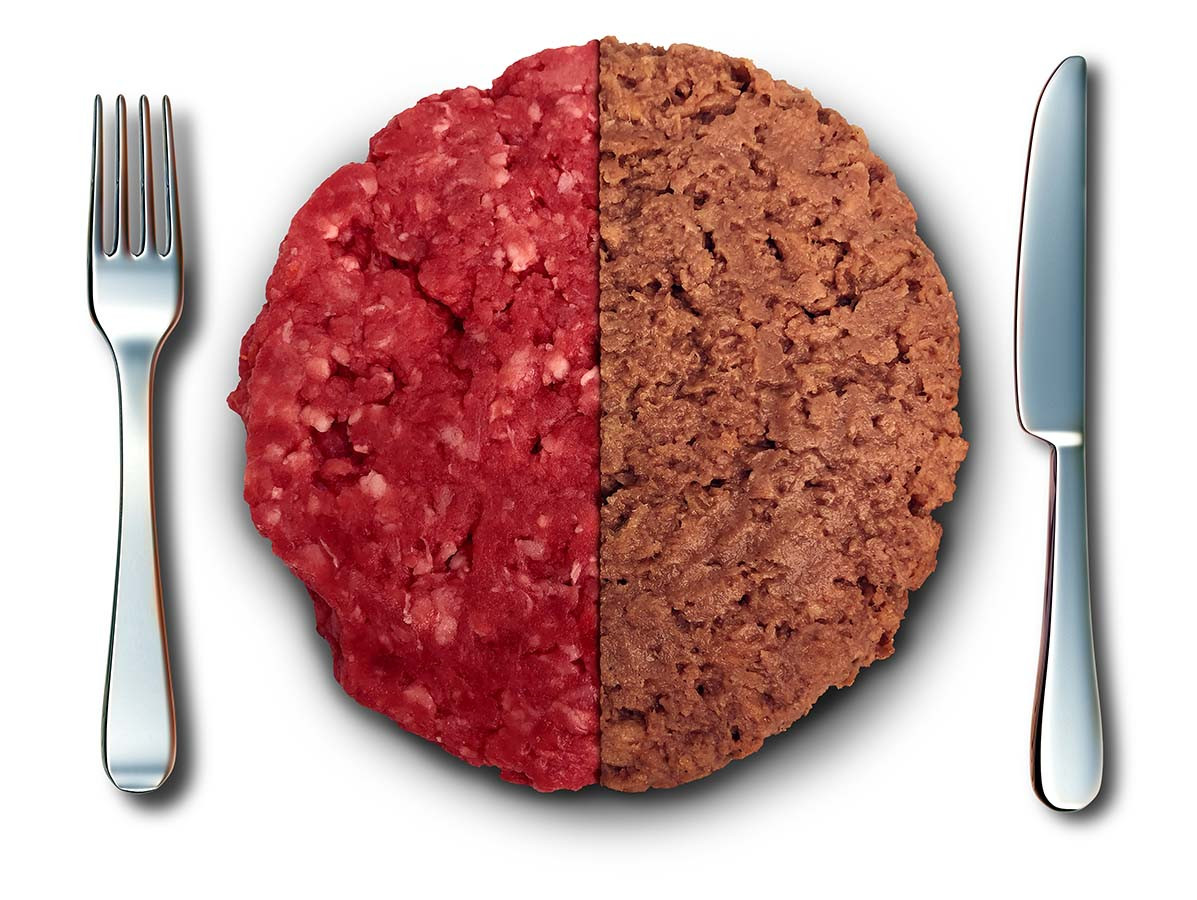
This year, over 500 scientists from 44 countries gathered to share the progress and results of meat-related research. Scientists Theo Verkleij and Sara Erasmus from Wageningen Food & Biobased Research attended the congress. This is the second part of an impression of the 'International Congress of Meat Science and Technology'.
In Padova, especially during the poster presentations, there was lively discussion about the research designs, progress and results of studies. Of the 44 presentations, we highlight several technological developments. Most of the keynote lectures have been published in the Italian Journal of Animal Science (open access).
The EFSA, represented by Kostas Koutsoumanis, focuses on mapping the impact of food and water-borne diseases on public health, monitoring biological hazards along the food chain, describing the risk-based management system for food safety, and improving technological developments in processing, packaging, distribution and storage to enhance food safety.
An integrated approach to food safety is aimed at ensuring a high level of consumer protection: through coherent measures from farm to fork and adequate controls throughout the chain. Despite the efforts of the food industry and competent authorities to better control pathogens in food, food-borne diseases still pose a significant burden on public health and the economy. It is crucial to continue improving food safety, and consumer confidence in the food supply. Monitoring and assessing the status of food safety and evaluating new methods for reducing risks are a huge challenge, according to Koutsoumanis.
He provided an overview of the structure and function of a risk-based food safety management and the interaction between risk managers, risk assessors, and stakeholders. In such a system, the monitoring and evaluation process is of great importance. Traditional tools for managing food safety, such as microbial tests, are still valid. However, appropriate statistical bases are required for using microbial tests in decision-making. A hazard-based approach to food safety cannot sufficiently guarantee consumer protection. A modern food safety management system must link hazards to public health and be based on prevention. Over the past decade, the management of food safety at the international level has shifted towards a more risk-based approach to food safety control, with regulatory bodies around the world adopting the risk analysis framework as the basis for their decision-making. This approach, already implemented mainly in the EU, was an eye-opener for researchers from the United States and Australia.
Piotr Kuwalik presented on applying a protective multilayer coating to surfaces to protect against contamination by microorganisms. The coating consists of furcelleran (edible biopolymer from red algae) and chitosan, then processed with oregano essential oil into a nano-micro-emulsion. Chitosan, in particular, has antimicrobial properties. This micro-emulsion was applied to the surface of pork mince. Initial inhibition of microbiological contamination was noticeable, but after seven days, the effect diminished. Integrating the emulsion into the mince is the next step in testing its antimicrobial properties. A series of tests on pork slices is not on the agenda due to legislative limitations. Additional quality and sensory analyses are being carried out.
Zhou Guanghui presented a study on the resistance of doubly formed biofilms by Pseudomonas fluorescens and Listeria monocytogenes. Both microorganisms can enhance each other in forming a biofilm. This biofilm is more resistant to disinfectants. Studies were conducted under simulated conditions to test the effect of low temperature and acid. The cell number, microstructure, and amount of extracellular polymers were examined. The experiments showed that at a low temperature (4°C), the combined biofilm of Pseudomonas and Listeria was more resistant to disinfection than at higher temperatures (25°C). A biofilm formed at a low pH (5.4) is more resistant to disinfection than one formed at a higher pH (7.0). Combined low temperature and acidic conditions particularly stimulate Pseudomonas fluorescens in forming a biofilm. Therefore, it is crucial to consider the characteristics of duo-biofilms under different environmental conditions when carrying out cleaning and disinfection procedures.

Recent years have seen an unprecedented increase in 'meat analogs,' or alternatives to meat. Plant-based variants dominate the market, but products based on mycoproteins are gaining market share. Algae and insects are emerging sources. The technological challenges surrounding all these new products are significant. Creating a good texture and taste often leads to ultra-processed products, and consumer resistance to this is growing; partly because ultra-processing and ultra-formulation can compromise nutritional value. Food safety can also be endangered.
The transition to alternative proteins requires much know-how. Creating a fibril structure and taste from non-muscle protein sources to mimic fresh and processed meat requires a clear understanding of the fundamental differences between muscle and alternative proteins. It is also necessary to methodically investigate and understand the inherent differences that distinguish alternative proteins from muscle proteins. "An intuitive knowledge base is essential for designing new approaches to overcome current technical challenges," says Xiong Youling. He argued that food scientists and entrepreneurs must be fully aware that animal meat products are unique. "The sensory properties of meat can be simulated but not replicated!" A statement endorsed by the Protein Technology research group in Wageningen.
Xiong Youling supported his argument with beautiful pictures of muscle structure and different types of structure of plant proteins. The proteins closest to the structure of meat are found in protein formed by Fungi. Plant proteins must undergo modification so that, with processing steps such as extrusion or shear cell technology, they come close to the structure of animal protein. However, this does not solve the lack of juiciness. A shift in pH may be a direction for a solution, especially if this is combined with the application of ultrasound and the addition of gelling additives. Copying the muscle structure on a nanoscale has not yet been achieved. Xiong ended his presentation with the statement: "Meat alternatives are not a replacement for - or substitute for - animal meat. It is a coexistence."
Read more in: Italian Journal of Animal Science
Source: vakblad Voedingsindustrie 2023